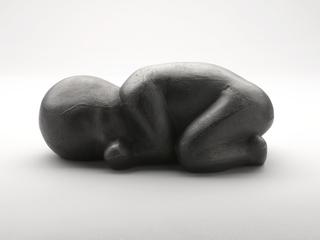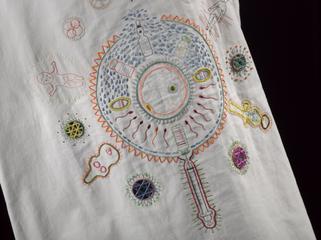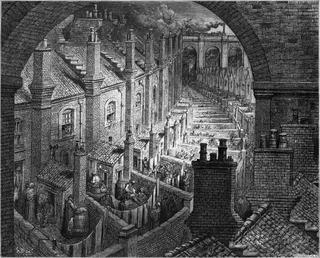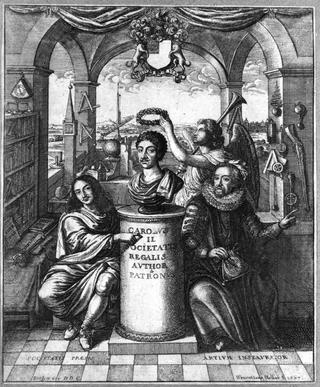

‘NSEW’ Sun Planet Drawing Machine developed and built by Dr Jack Tait, Clyro, Herefordshire, England, 2012
Many drawing machines have been based on the X:Y plotter design using the horizontal x and vertical y Cartesian coordinates. What makes the ones built by Jack Tait different is that he added both pen lift and pen rotation into the programming. The NSEW in their name refers to 'north-south-east-west'.
This one has a dual cam sun and planet drive which means that each axis has two independent and separate motors leading to a more nonlinear output and increasing the potential for research into randomness and chaos exponentially as well as the complexity and size of the drawings produced.
Tait explains ‘The most complicated images occur when the planet half of one axis is coupled to the sun half of the opposite axis and vice versa. This complexity, whilst difficult to describe, still emanates from very simple strings of instructions from the timer.’
This machine is part of a group developed and built by Tait as part of his work over 50 years investigating the role of machines in making art and specifically how simple instructions can create complexity. The final drawings created are known as ‘taitographs’ and can be regarded as generative art where an external device is instructed to make an artwork on behalf of the artist. Usually, the machines are digital computers instructed by specially written algorithms but in Tait’s case programming is always based on not knowing what the outcome may be and is not a written algorithm. Instead, its programmes make use of the vagaries of linkages, D.C. motor characteristics and disrupted deterministic controls to achieve a quasi-random result.
Details
- Category:
- Art
- Object Number:
- 2012-163
- Materials:
- acrylic, aluminium alloy, brass (copper, zinc alloy), paper (fibre product), rubber (unidentified) and steel (metal)
- type:
- drawing machine
- credit:
- Donated by Dr Jack Tait




